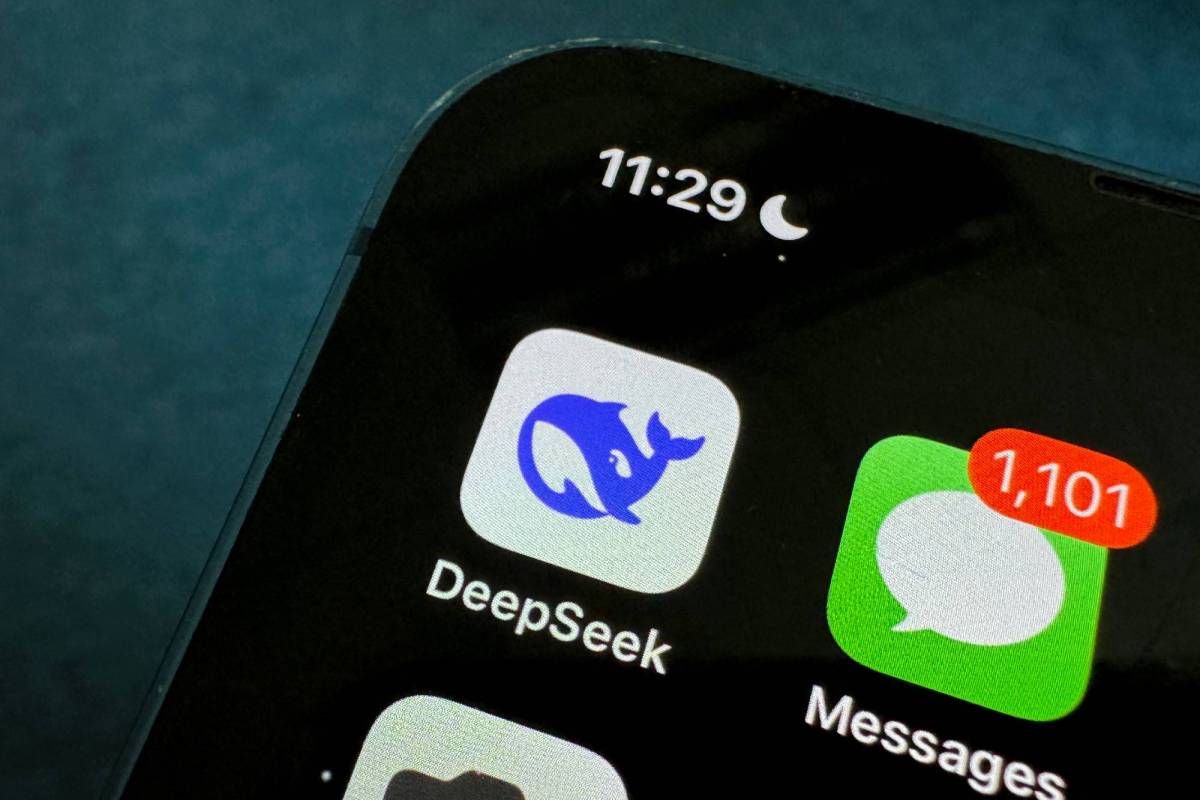DeepSeek AI Chatbot Surges to Prominence Amid Global Competition

Key Points
- DeepSeek’s chatbot app reached the top of major app stores, gaining rapid mainstream visibility.
- Backed by High‑Flyer Capital Management, the lab released a series of models including DeepSeek‑V2, DeepSeek‑V3, and the R1 reasoning model.
- R1 claims benchmark performance comparable to OpenAI’s o1 while emphasizing self‑fact‑checking for higher reliability.
- Microsoft integrated DeepSeek into Azure AI Foundry; several governments have banned its use on official devices.
- DeepSeek’s pricing is significantly lower than competitors, with many models offered for free under permissive licenses.
- Developers on Hugging Face have created thousands of derivative models, accumulating millions of downloads.
DeepSeek, a Chinese AI lab, has vaulted into mainstream awareness as its chatbot app climbs to the top of major app stores. Backed by High‑Flyer Capital Management, the company has released a series of models—including DeepSeek‑V2, DeepSeek‑V3, and the reasoning‑focused R1—that claim strong benchmark performance and low inference costs. The rapid rise has drawn attention from industry giants, regulators, and governments, prompting both integration into platforms like Microsoft’s Azure AI Foundry and bans on government devices in several jurisdictions.
Rise of DeepSeek
DeepSeek, a Chinese artificial‑intelligence laboratory, has captured global attention after its chatbot application surged to the top of the Apple App Store and Google Play rankings. The venture is backed by High‑Flyer Capital Management, a quantitative hedge fund that originally focused on AI‑driven trading. DeepSeek spun out from High‑Flyer in 2023, establishing its own data‑center clusters for model training despite facing U.S. export restrictions that limited access to the newest Nvidia chips.
Model Portfolio and Performance
The company debuted its first models—DeepSeek Coder, DeepSeek LLM, and DeepSeek Chat—in late 2023. Subsequent releases, notably the DeepSeek‑V2 family, delivered strong results on a variety of AI benchmarks while being “far cheaper to run than comparable models at the time.” DeepSeek‑V3, launched in December 2024, was reported to outperform open‑source models such as Meta’s Llama and closed‑source services like OpenAI’s GPT‑4o. The R1 reasoning model, introduced in January, aims to self‑fact‑check and achieve performance comparable to OpenAI’s o1 on key benchmarks, trading speed for higher reliability in domains such as physics, science, and math.
Regulatory and Market Impact
DeepSeek’s rapid ascent has prompted both commercial collaborations and regulatory pushback. Microsoft incorporated DeepSeek into its Azure AI Foundry service, positioning the model alongside other enterprise AI tools. Conversely, U.S. government agencies, South Korea, and New York State have moved to ban the model on government devices, citing data‑security and propaganda concerns. OpenAI publicly labeled DeepSeek as “state‑subsidized” and recommended governmental bans, while Nvidia’s CEO highlighted the model’s demand for substantial compute resources.
Business Model and Community Adoption
DeepSeek’s pricing strategy places its products “well below market value,” with many offerings available for free. The company does not appear to be raising external venture capital despite significant interest. Developers have embraced the models on platforms like Hugging Face, creating thousands of derivative models that have amassed millions of downloads. The open‑licensing approach permits commercial use, fostering a vibrant ecosystem around DeepSeek’s technology.
Future Outlook
While DeepSeek continues to push the boundaries of efficient AI and reasoning capabilities, its trajectory will likely be shaped by ongoing regulatory scrutiny and the competitive responses of larger AI firms. The company’s next steps may involve further model enhancements, expanded platform integrations, and navigation of the geopolitical landscape that influences technology deployment across borders.